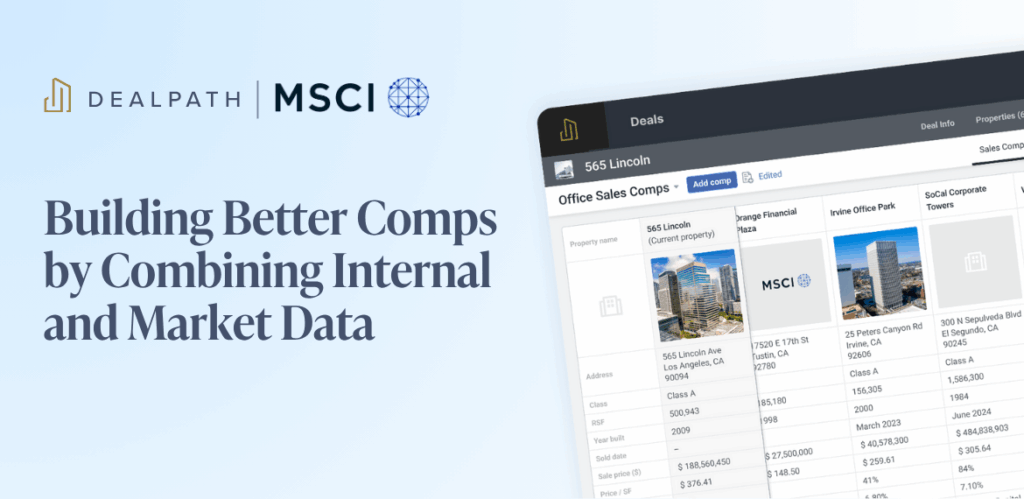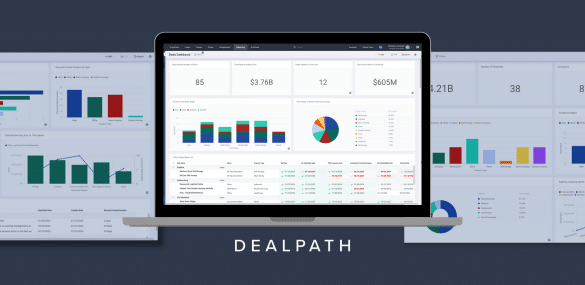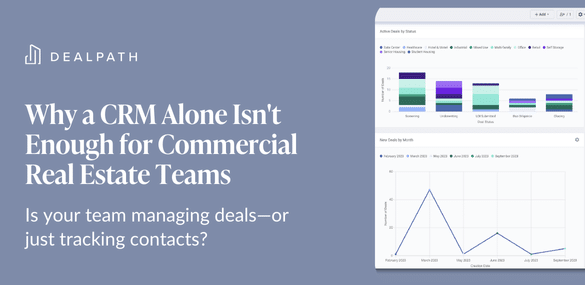The CRE market typically follows the broader market’s lead when it comes to health and opportunity, but early signs show things may not be that simple for the 2023 commercial real estate outlook. Investors will remain cautious, yet determined to succeed, even as rampant inflation, interest rate spikes, work-from-home, and ongoing global economic volatility force institutions to recalibrate their strategies and redefine success.
2021’s record transactional volume points to ongoing opportunities in competitive asset classes like multifamily and industrial, even against the backdrop of challenging economic conditions. In this article, we’ll review the commercial real estate market’s 2023 outlook when it comes to inflation, funding, opportunities within asset classes and more.
The 2023 Commercial Real Estate Outlook: High Inflation, Rising Interest Rates And Opportunity Abound
Part and parcel of commercial real estate’s appeal as a multifaceted market is the constant opportunity at hand for risk-tolerant investors willing to find it. Commercial real estate transaction volume reached a record high of $1.3 trillion in 2021, according to CBRE, leaving a high water mark that’s difficult to follow. At any given time, there is an opportunity to drive high returns by investing in the right asset class and geography based on a well-vetted thesis. This will remain true in 2023–particularly for tech-enabled firms equipped to uncover the most profitable opportunities.
Inflation has paved the way for rent increases, raising rents in multifamily class A and class B buildings by 10% year-over-year, while class C owners struggle to collect rents from tenants. Even with capital to deploy, smaller institutional investors may face higher barriers to entry than ever before. Owners may also encounter turbulence in monetizing existing older assets as energy regulations lead to functional obsolescence.
Now more than ever, technology will play a predominant role in steering inventors of all risk profiles toward high-return deals with swift, seamless execution. Compared to five years ago, transactions can be completed significantly faster and with less friction–but profitable deals still require diligent attention to detail and manual action at every stage. Honing in on tactics to accelerate this deal flow yields numerous competitive advantages for speed to market–which could reshape the 2023 commercial real estate outlook for some firms.
During Inflationary Periods, Investors Look to Commercial Real Estate As a Hedge
Even as other capital markets face the daunting prospect of inflation, real estate investors enjoy relative peace of mind when it comes to portfolio stability.
Fortunately for real estate investors, inflation increases the value of owned assets. This creates a hedge, safeguarding their portfolios from the harmful effects that other capital markets face. Even some foreign investors look to the U.S. real estate market as a safe haven in these conditions. Many investors have raised rents in accordance with inflation as a way to guarantee short-term returns. After all, real estate can only act as a hedge when rent increases outpace the spike in operating costs.
When it comes to new deals, though, inflation will continue to cast a spotlight on cost as a primary consideration. In this inflationary environment, the cost of capital is high. Consequently, investors considering new real estate acquisition transactions must be scrupulous in vetting each deal to ensure that high costs are aligned with their strategies and terms pencil out. Relying on a deal management platform to track, manage and execute these transactions creates clearer visibility for future projections.
In Response to New Conditions, Retrades Might Become the Norm
Hot off the heels of 2021’s ideal market conditions, many firms began the year with an appetite for equally robust portfolio growth. As market conditions evolved throughout the year, though, it has become increasingly common for investors to retrade deals in progress–including opportunities that may be in the late closing stages. Deals that might have seemed profitable based on early 2022 models may no longer hold the same terms or interest rates, forcing firms to reconsider equity returns in a new light.
To avoid wasting these costly resources, it’s imperative for your firm to have a way to seamlessly compare models that factor in differing conditions. However, building efficiencies to close deals faster in the first place could eliminate the need for late-stage term adjustments altogether. Beyond developing a strengthened competitive advantage, firms that close on transactions faster and more efficiently can also lock in ideal terms before tectonic market shifts spell danger for the deal.
Well-Funded Institutional Players Are Poised to Access More Opportunities
While the market remains highly fragmented, commercial real estate’s 20-year trend of institutionalization–in which larger investment managers outpace smaller firms and wealthy individuals–will continue. Now that the industry is facing high interest rates and looming recession threats, size might prove more beneficial than ever. The opportunity to capitalize on economies of scale is only growing, creating a strong 2023 outlook for large commercial real estate institutions.
Larger institutions may have access to stronger capital pools at cheaper rates. As buyers, larger institutions can also invest in stormier times than their smaller counterparts, enjoying the flexibility of all-cash offers. Consequently, they can avoid the high interest rates that smaller institutions–which must take loans to finalize deals–will incur. These powerful institutions maintain the freedom and flexibility to race forward on long-term investment theses, while smaller institutions may pause until conditions improve.
A Strong Outlook for Multifamily Real Estate As Housing Demand Remains Strong in 2023
Some of the market conditions that accelerated multifamily’s boom throughout the pandemic have faded. Nonetheless, the ongoing housing shortage and high demand for suburban homes will enable multifamily investors to stay their course. According to CNBC, housing inventory remains at about half of pre-Covid levels as of June 2022. Additionally, many US markets are significantly under-supplied in total housing units due to the under delivery of new housing, which has compounded over the past decade. High demand continues to increase rents, creating even more profitable opportunities for investors.
However, a number of factors will make competing in this competitive market costly for investors. To start, building materials are only becoming more expensive, increasing hard costs for developers–even as they navigate a tight labor market. Fraught with complications, supply chains are causing shipping delays, reducing speed to market for developers eager to monetize newly constructed buildings.
While the commercial real estate outlook for multifamily is strong in 2023, many opportunities will only be available to larger investors with deeper pools of capital.
As Consumer Habits Shift, Retail Investors Prioritize Value-Add & Repositioning
E-commerce significantly curtailed in-store consumer purchases amidst quarantine, accounting for approximately 20% of retail sales in 2021. While this and other factors have reduced the opportunity for traditional core retail investments, investors are navigating the changing retail market landscape with a fresh perspective.
Although new retail developments may not be lucrative today, value-add investments may remain a focus, particularly as suburban communities grow. Elsewhere in the market, investors will also work to reposition retail assets for other use cases. From experiential use-cases to medical offices to life sciences and beyond, buildings previously occupied by retail tenants are being refitted for new purposes. Industrial is among the hottest repositions for retail buildings. The industrial asset class–which has flourished in the wake of the e-commerce boom–has seen a massive spike in investment volume, including a 170% increase in Hudson Valley and a 77% increase on Long Island alone.
The office market, which saw an initial downswing in investment amid the work-from-home shift, has seen a slight recovery as people continue returning to the office. According to NAR’s April 2022 report, asking rents are now up across every market tracked by CoStar, except for Washington D.C.
Capitalizing on Growing Opportunities in 2023
Despite new challenges, the opportunity is only growing larger for investors willing to dip their toes into a volatile market’s rolling tides. While asset values and investment strategies may change, the commercial real estate market will continue to transact–and the most strategic players will win.
To learn how your firm can efficiently uncover the most profitable opportunities and grow top-line revenue by managing its pipeline from one command center, download our ebook.
Download Now


